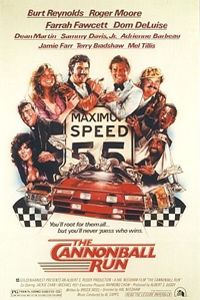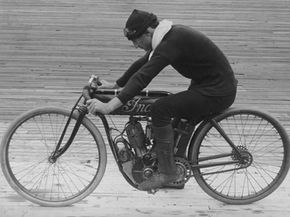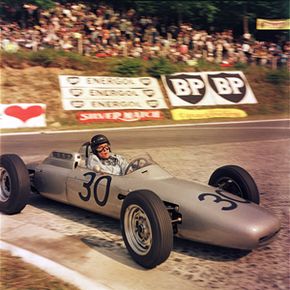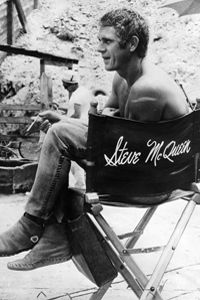Let's take a trip back to 1981. Disco was dead, Margaret Thatcher was the Prime Minister of England and a former actor named Ronald Reagan took the office of U.S. Presidency, just as a former peanut farmer named Jimmy Carter made his exit. Anchorman Walter Cronkite resigned his post at the CBS Evening News desk, and the first recognized AIDS cases were made public in California. Major League Baseball went on strike in early June, but the spirits of Americans would soon be lifted when actor Burt Reynolds sped across the silver screen in a souped-up ambulance in the hit film "The Cannonball Run."
To most people, the movie was a funny take on a fictional cross-country car race. But gear heads and auto racing enthusiasts around the world knew that the movie wasn't fictional at all. It was based on a real "outlaw" car race that ran from New York to California a total of four times in 1971, 1972, 1975 and 1979. The film's director, Hal Needham, was an experienced Hollywood stuntman who actually took part in the final Cannonball. The writer, Brock Yates, was an editor for Car and Driver magazine and also had another small qualification to his name: He founded the race and won the first Cannonball Run in 1971.
Advertisement
The Cannonball wasn't sanctioned, wasn't publicized and received very little press coverage at the time. And while the race ran only five times, it has spawned a number of imitators over the years, including one in Europe that isn't even a race at all. Today's clogged interstate system in the United States and the 55 mile per hour speed limit imposed in many parts of the country make a Cannonball Run next to impossible these days. But that can't stop us from reliving the glory years when the open roads were more conducive to an illicit auto race.



